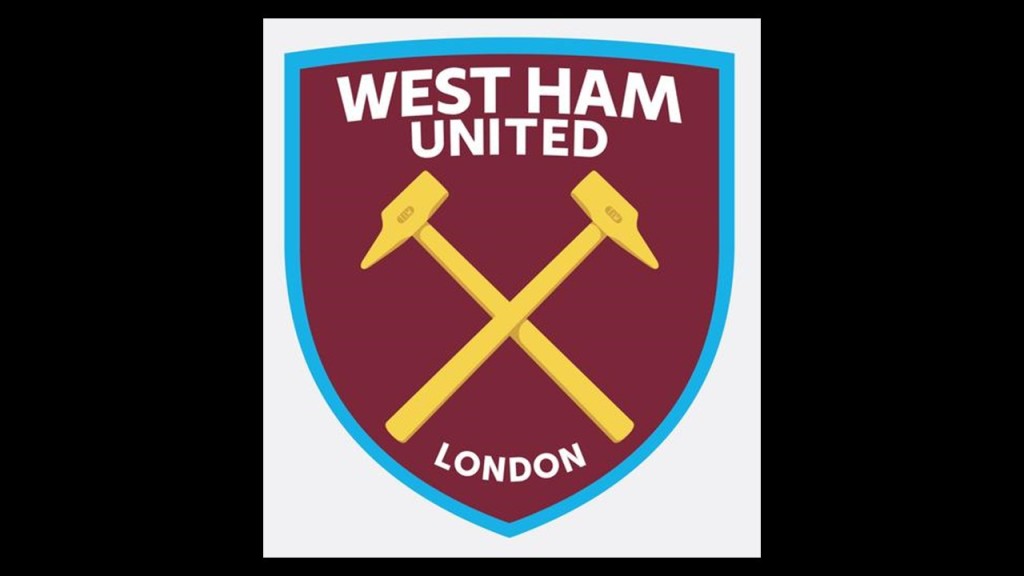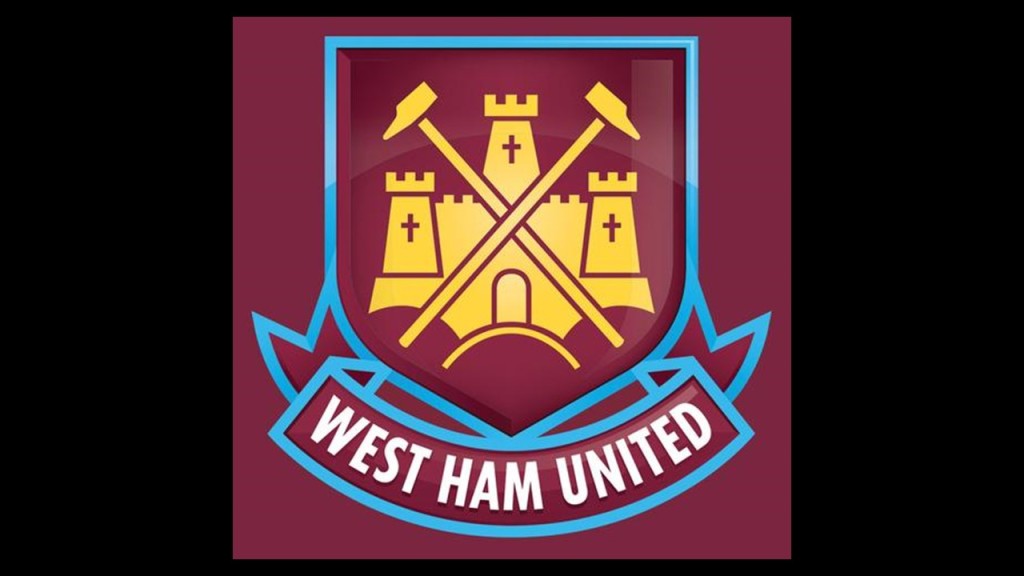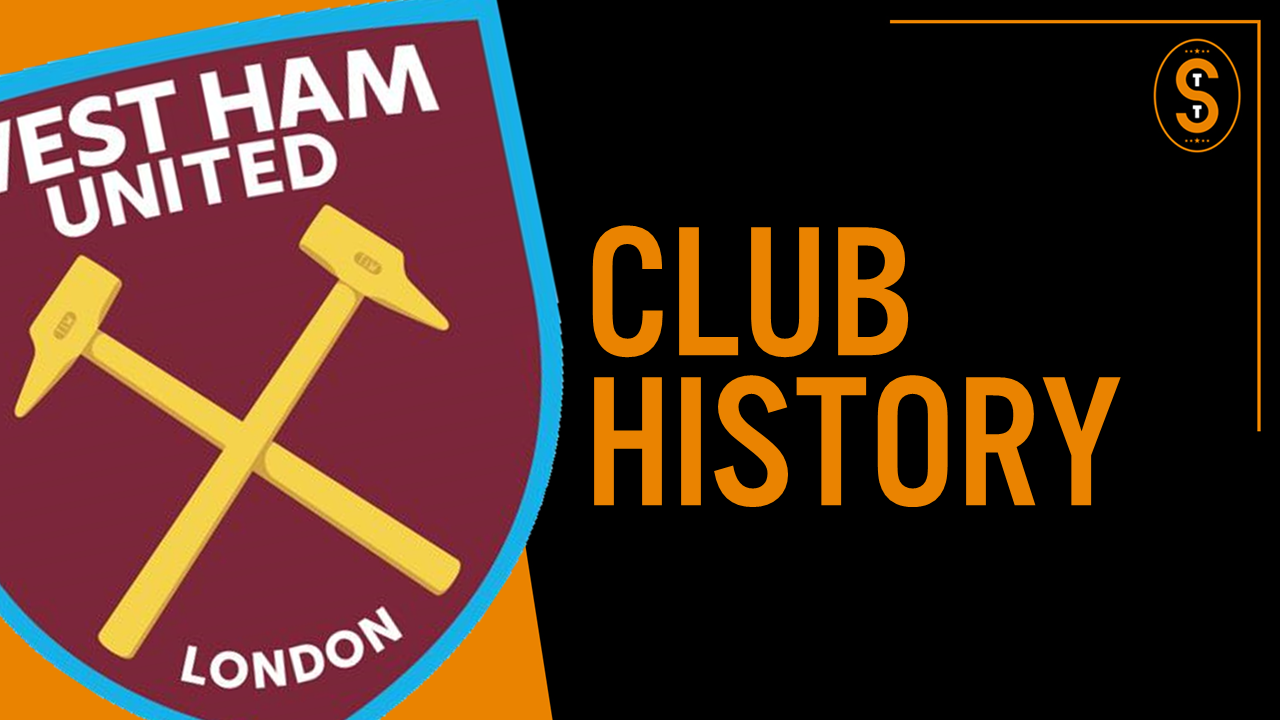Welcome to the Soccer Tavern, where we’re discussing the history, culture, and philosophy of the beautiful game. My name is Dave and in this video, we’re talking about the history of West Ham United Football Club. Pull up a seat and let’s start the discussion.
West Ham is located in the eastern part of the city of London, though not quite as east as it used to be. London is located in the southern central part of England in the United Kingdom. The club currently play in the Premier League and its home ground is the London Stadium, which opened in 2012 for the Olympics but West Ham moved in in 2016. The stadium holds about 57,000 people. West Ham’s former stadium was a few miles further east and was called the Boleyn Ground officially but was more commonly known as Upton Park named after the surrounding area. That held about 35,000 people.
Origin
The club traces its origin back to 1895. At that time, Arnold Hills who was the managing director for the Thames Ironworks and Shipbuilding Company, was persuaded to start a soccer club. He was persuaded by one of his foreman named Dave Taylor who also was a local soccer referee. In June 1895, the Thames Ironworks Football Club was formally announced in the company’s newspaper.
The club played matches in different competitions over a 5 year period but were finally elected to a formal league (the Southern League) in 1900. Coupled with this move to the Southern League, the club was officially incorporated on July 5, 1900. With the incorporation, the club changed their colors from all-blue to their well-known colors of claret and blue. Additionally, with the incorporation of the club as its own company came a name change to West Ham United Football Club after the county borough where the club played. The club has been West Ham United FC ever since.
Nicknames
West Ham have 3 nicknames The Irons, The Hammers, & The Academy Of Football.
The Irons and Hammers nicknames both derive from the club’s association with the Thames Ironworks and Shipbuilding Company. Irons & Hammers were tools or materials used by the employees in shipbuilding and were carried over to the club as nicknames. Additionally, to dispel any confusion, the Hammers nickname has nothing to do with the club having Ham in its official name. That’s merely coincidence.
The Academy of Football nickname is more of a club motto. It came about in the 1950s when the club made a commitment to youth development. West Ham had 3 influential players on the 1966 World Cup winning England squad. Fans often claim, partially joking but kinda not, that the club won the World Cup. West Ham and their fans are fiercely proud of their commitment to youth development and view the academy as one of the best in the world. Hence the nickname of academy of football. It slightly implies that it is the best academy for soccer, which most of the rest of the world calls football.
Crest
The current crest was chosen from a fan vote in 2014.

The crest is a claret shield outlined in blue, which are the club’s main colors. At the top of the crest is the club’s name. The middle of the shield depicts two crossed hammers, representing the tools used by the club’s founding players in the local shipyard.
A crest with crossed hammers was first recorded to have been worn by the club in the 1923 FA Cup final, so this also harkens back almost 100 years. Finally The city of London, where the club is located is at the bottom.

One more point of note is the crests used before the current crest often included a castle in the background behind 2 crossed hammers. The castle was the Boleyn Castle. That was a local name for the Green Street House, as it was believed Anne Boleyn (Queen of England in the 16th Century) owned or at least lived in the house.
The dates of the house being built and her death don’t really add up, so it’s unlikely she ever lived in the building, but this video is about West Ham, not the monarchy, so let’s not go down that rabbit hole. The Boleyn Castle stood next to the ground where West Ham’s old stadium was located until the castle was demolished in 1955. This is why West Ham’s old stadium was named the Boleyn Ground.
Important Events
I’d like to discuss 3 important events in West Ham’s history now:
On May 2, 1964, West Ham United won their first major trophy as the Hammers beat Preston North End 3-2 in the FA Cup Final at Wembley Stadium in London. West Ham trailed twice in the match, going down 1-0 and then 2-1, but scored equalizing goals each time. With time winding down, Geoff Hurst beat several Preston defenders and found Peter Brabrook out wide in the 90th minute. Brabrook sent in a cross that Ronnie Boyce met with his head and nodded home a last minute game winning goal for the club’s first major piece of silverware.
The Hammers followed that first major trophy by winning its second only a year later. On May 19, 1965 the club met TSV Munich 1860 in the European Cup Winner’s Cup Final at Wembley. 100,000 people witnessed the club win it’s first and so far only major European trophy. The match was described as a “magnificent game” with beautiful and flowing play from both sides. West Ham prevailed through Alan Sealey’s 2 second half goals in a 3 minute span.
The last event is one that occurred off the pitch. On March 22, 2013, West Ham United beat out other London soccer clubs including Tottenham Hotspur and Leyton Orient to secure a 99 year lease for the London Olympics stadium. The stadium was built for the 2012 Olympics and was located about 3 1/2 miles west of the Boleyn Ground. The stadium seating capacity was about 20K more than the Boleyn Ground and the West Ham owners promised that it would usher in a new era for the club.
The Hammers moved into the new stadium for the 2016-2017 season, but the move hasn’t been nearly as positive as promised. Fans have struggled to adapt to the stadium being in a new area. 3 1/2 miles may not seem like a lot but it can’t really be understated that a club’s home ground really has a place in the community. Many decades old traditions for attending matches have had to be completely changed, which supporters may have been okay with if the club owners lived up to their promises. Sadly, that hasn’t been the case either as West Ham are currently in a relegation fight this season and tensions between supporters and ownership are close to an all-time high. A lot of this tension stems from the club being awarded the lease to the Olympic stadium back in March of 2013.
Supporters
The West Ham supporters’ anthem is the song I’m forever blowing bubbles. It comes from a Broadway show called the Passing Show of 1918 and became popular in Britain in the 1920s. The origins of this song as it relates to West Ham is a bit convoluted.
One story is that Will Murray, a West Ham youth academy player from the 1920s, was nicknamed Bubbles because he looked like a character from a soap advertisement. Reportedly, one of his teachers attended a match and sung the song to him during the match with other supporters catching on.
Another story is that West Ham fans picked up the song from Swansea supporters. It is recorded that Swansea fans sung the song in their January 1921 FA Cup match against Bury. The Swans played West Ham in the FA Cup the following season and it’s possible West Ham supporters picked up the song then, but it couldn’t be confirmed.
There are other stories as well, but none could be fully verified. What we do know is that I’m Forever Blowing Bubbles was sung in air-raid shelters during WWII in London and the first record of West Ham supporters singing the song is from the 1940 Football League War Cup Final when the Irons beat Blackburn. The song remained popular throughout the War, which helped the song become a tradition for West Ham supporters that still continues today.
Noteworthy Players
Sir Bobby Moore – captained West Ham for more than 10 years during his 16 year West Ham career. He also captained England to the World Cup title in 1966 and is widely regarded as one of the best defenders of all time. Pele stated Moore as the best defender he ever played against and Sir Bobby won many awards throughout his career with the club.
Sir Geoff Hurst – won the 1966 World Cup with England. He scored a hattrick in the final, the only male player to ever do that. His legendary performance in that World Cup somewhat overshadowed his exemplary West Ham career. He scored 249 goals for the club, helped the Hammers win their first FA Cup title, and was named Hammer of the year 3 times during his tenure at the club.
Trevor Brooking spent 17 years at West Ham, winning 2 FA Cups with the team and 4 hammer of the year trophies as an individual. He remained with the club as it was relegated and is widely considered one of the top 5 players to have ever played for the club. He’s still involved behind the scenes at the club and in 2009 a stand at West Ham’s old stadium (Boleyn Ground) was named after him.
Recent players like Rio Ferdinand, Michael Carrick, Joe Cole, Frank Lampard and others have come through West Ham’s famed youth academy and have went on to have great careers with other clubs. There are other players from West Ham’s glorious past too but in the essence of time, let’s continue.
Noteworthy Managers
The three managers I want to highlight here were 3 consecutive managers for the club from the 1950s through the 1980s.
Ted Fenton became West Ham manager in 1950 and is credited with creating and building the “Academy of Football” at West Ham. He developed new tactics and philosophies of scouting, player development, recruiting, and training resulting in a “West Ham Way” of living and playing. He found and developed Sir Bobby Moore and Sir Geoff Hurst in addition to many great other players for the side. Fenton led the club back to the top flight in 1958 after a 26 year absence but wasn’t able to win any major trophies with the club. He was fired in 1961 with Ron Greenwood taking over the club.
Ron Greenwood became West Ham manager in April 1961. He continued to develop the Academy of Football, which paid dividends for the club shortly into his tenure. He won the club’s first ever major trophy (1964 FA Cup) and followed that up by winning the 1965 European Cup Winners’ Cup. Greenwood continued to lead the club until 1974 when he moved into a general manager role and his assistant John Lyall took over as manager.
John Lyall was statistically the greatest manager in the club’s history. He managed the club for a record 770 matches and won 2 FA Cups. He also led the club to its highest ever league position – third place in division 1 in the 1985-1986 season. It wasn’t all roses during his tenure, as the club suffered relegation in the late 1970s, but Lyall rebuilt the side, committed to playing the “West Ham Way” of attacking, attractive soccer and built the club back into a very competitive & respectable squad for most of the 80s. Unfortunately, the club suffered relegation in the 1988-89 season and Lyall left the club. It wasn’t the way he would have wanted to go out but he was still one of the best managers in the club’s history.
Rivals
The Hammers have 3 London based rivals: Chelsea, Tottenham, and Millwall.
Matches between Chelsea and West Ham are called District Line derbies in reference to the subway (or tube) route connecting the two London clubs. Both clubs have been around for a long time but the rivalry intensified during the hooligan days of the 1970s and 1980s. Both clubs had some of the most notorious firms or gangs in the hooligan era which helped make this a big rivalry. In the 1990s and early 2000s, Chelsea began poaching some of the best players from West Ham’s famous youth academy which definitely helped seal this as a rivalry for West Ham supporters.
West Ham’s other Premier League London based rival is Tottenham Hotspur. Both clubs were in similar competitive positions in the 1990s, which helped seal this rivalry. Tottenham supporters may claim to not really consider West Ham to be a rival these days. In the 2000s, Tottenham has grown into a stable Premier League club that competes at the top end of the table while West Ham have gone through periods of struggle including a handful of relegations in the last few decades.
There’s definitely still something for both sets of supporters in this rivalry though. Like Chelsea, Spurs have recruited some of West Ham’s best youth players. Additionally, West Ham won the rights to using the London Olympics Stadium at the expense of Tottenham, which forced Spurs to spend hundreds of millions of pounds on building their own stadium. That created some tensions between executives at both clubs which adds to this rivalry.
And that brings us to our last rival. Millwall is without question West Ham’s biggest rival. Both clubs have their roots based in shipbuilding docks on either side of the river Thames. There was a natural rivalry between workers at competing companies but in 1926, the Millwall shipyard dock workers broke a strike which increased the rift with West Ham supporters. Throughout the 30s and 40s the rivalry cooled a bit as the clubs didn’t play against each other much.
But by the 1960s, a culture of boasting and bragging about fighting developed among the supporters of both clubs. Mainly this bragging came from the glorification of gang culture in London at the time. This culture combined with the hooliganism of the 1970s and 80s made matches between these two clubs an excuse for mass brawling among supporters. It is still the most violent and toxic derby in London and, possibly all of England, even though the clubs haven’t played much in recent decades. The rivalry is rooted in the working class communities of both sets of supporters and isn’t going away anytime soon.
Stats & Records
The stats and records we’re about to discuss are as of March 2018 when we are recording this video.
The Irons have spent 60 seasons in the top flight in their history.
The club has 4 major trophies including:
- 3 FA Cups
- 1 European Cup Winners’ Cup
The club’s record first team appearance holder is Billy Bonds with 799 appearances.
The club’s record goal scorer is Vic Watson with 326 goals.
West Ham’s record transfer purchase was Marko Arnautovic from Stoke City on July 22, 2017 for about £20M initially with a potential £5M in add-ons.
And the club’s record transfer sale was Dimitri Payet to Olympique Marseille on January 29, 2017 for about £25M.
One last interesting fact about the club: West Ham United are the last team to have won the FA Cup from outside the top division. The Hammers beat Arsenal 1-0 in the final of the 1980 FA Cup while playing that season in the old 2nd division (now known as the Championship).
So there you have it… a bit of history on West Ham United Football Club. Let’s continue the discussion in the comments section below this video.
Thanks for stopping by the Soccer Tavern. Hope to see you again sometime soon. Cheers.
